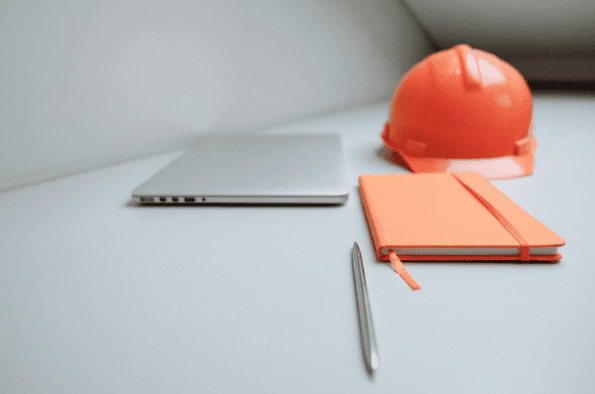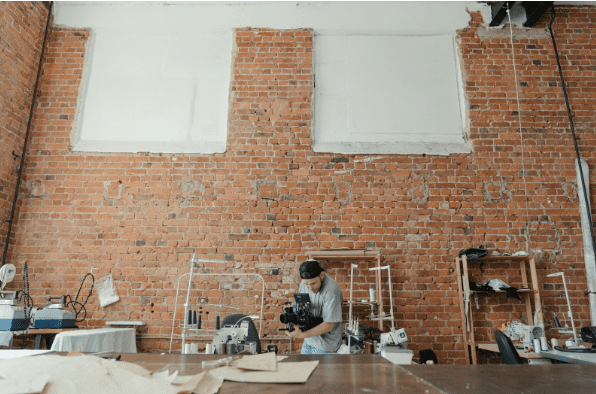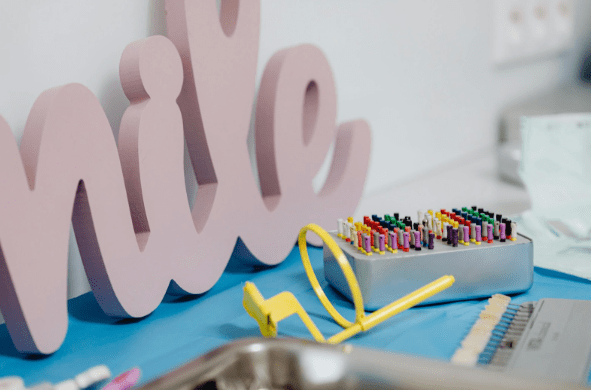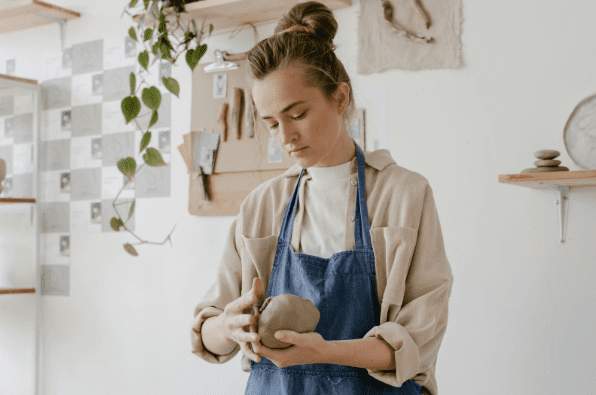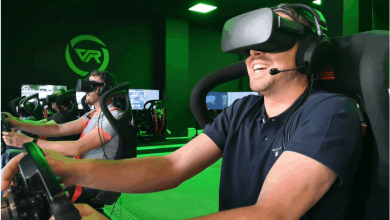Designing With Purpose: How Tools Are Transforming Modern Interiors
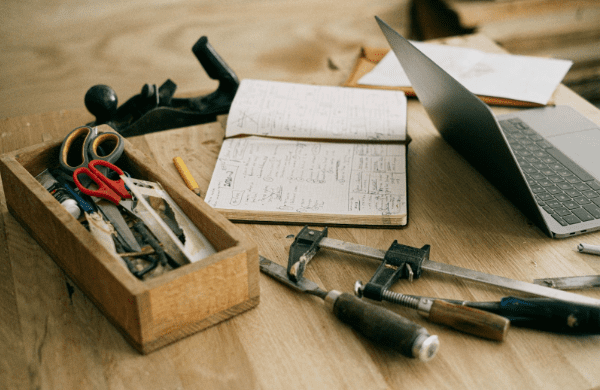
Interior design has always been about blending creativity with practicality. From arranging furniture to selecting color palettes, the process is both art and science. But in today’s world, where technology and innovation shape every aspect of our lives, the way interiors are imagined and brought to life is undergoing a revolution. What was once left to instinct and sketches is now supported by an expanding range of digital and physical resources that enhance accuracy, creativity, and personalization.
Professionals and enthusiasts alike are increasingly exploring specialized interior design tools to streamline their process. These resources provide clarity during the design journey, whether through 3D modeling, material libraries, or curated guides that connect inspiration with execution —an approach long championed in regions rich in design heritage, such as edinburgh architecture, where historical character and modern innovation often coexist within the same interior narrative.For clients, the result is not just a beautiful space but one that reflects their lifestyle with greater precision.
Visualization in Three Dimensions
One of the most transformative changes in interior design has been the rise of 3D visualization. Designers can now present clients with lifelike renderings that showcase not only the look but also the feel of a space. Gone are the days when flat sketches and mood boards struggled to capture scale or lighting. With advanced visualization software, clients can “walk through” their future fancy house before a single piece of furniture is delivered—a technique widely adopted across glasgow architecture projects as well, where immersive digital planning helps preserve heritage while innovating with modern living.
With advanced visualization software, clients can “walk through” a home before a single piece of furniture is delivered. This level of immersion reduces uncertainty, fosters collaboration, and ensures that the final design aligns closely with expectations.
Materials and Finishes at Your Fingertips
Another powerful benefit of modern tools is access to vast material and finish libraries. Designers can experiment with combinations of marble, wood, textiles, and metals with just a few clicks, testing how each element interacts under different lighting conditions.
This digital experimentation saves time and resources while sparking creativity. It also allows for easy comparison between sustainable and traditional materials, helping clients make informed decisions that balance aesthetics with responsibility.
Space Planning Made Smarter
Effective interiors depend on good space planning. Digital floor plan applications and augmented reality tools now make it possible to measure, arrange, and rearrange elements with precision. Furniture can be scaled virtually to test how it fits into a room, while circulation patterns can be analyzed to ensure comfort and flow.
What once took days of trial and error can now be achieved in hours, empowering designers to focus more energy on creative expression. These tools also minimize costly mistakes, such as ordering furniture that doesn’t fit or underestimating storage needs.
Collaboration Between Designer and Client
One of the most overlooked aspects of interior design is communication. Clients often struggle to articulate their vision, while designers must balance creativity with clarity. Digital platforms that allow for shared boards, real-time edits, and visual feedback bridge this gap.
Clients become active participants in the design process, selecting finishes, adjusting layouts, and providing instant reactions. This level of collaboration ensures that the end result is not just designer-driven but a true reflection of the client’s identity and lifestyle.
The Balance of Tech and Tactility
While digital tools are indispensable, luxury design still values tactility. The feel of a fabric, the warmth of wood, and the texture of stone can’t be fully replicated on a screen. That’s why the most effective approach blends modern technology with hands-on exploration.
High-end studios often pair digital renderings with sample libraries, allowing clients to both see and touch potential selections. This combination creates confidence in decision-making and underscores the craftsmanship at the heart of interior design.
Customization and Personalization
Modern tools also enable unprecedented levels of customization. From custom cabinetry designed to fit unusual dimensions to lighting systems programmed for specific moods, technology ensures that interiors can be tailored to the smallest detail.
This personalization is what distinguishes a luxury interior from a standard one. The ability to design not just for aesthetics but for how a client lives, entertains, and relaxes ensures that every room feels both beautiful and functional.
Sustainability Through Smarter Design
The integration of technology into interior design is also driving sustainability. Tools that calculate energy efficiency, track the environmental impact of materials, and model long-term durability are helping clients make eco-conscious choices without compromising style.
Sustainable luxury is no longer a contradiction—it’s becoming the standard. Clients are drawn to interiors that combine elegance with responsibility, reflecting values as well as taste.
Closing Reflections
Interior design is entering an era where imagination and innovation work hand in hand. The rise of advanced tools has transformed how spaces are visualized, planned, and personalized, making the process more collaborative, efficient, and inspiring than ever before.
What remains unchanged, however, is the essence of design: creating spaces that tell stories, evoke emotion, and enrich daily life. By embracing new resources while honoring traditional craftsmanship, today’s interiors achieve a balance of modernity and timelessness—an evolution that continues to redefine what it means to live in luxury.

Source: Designing With Purpose: How Tools Are Transforming Modern Interiors
